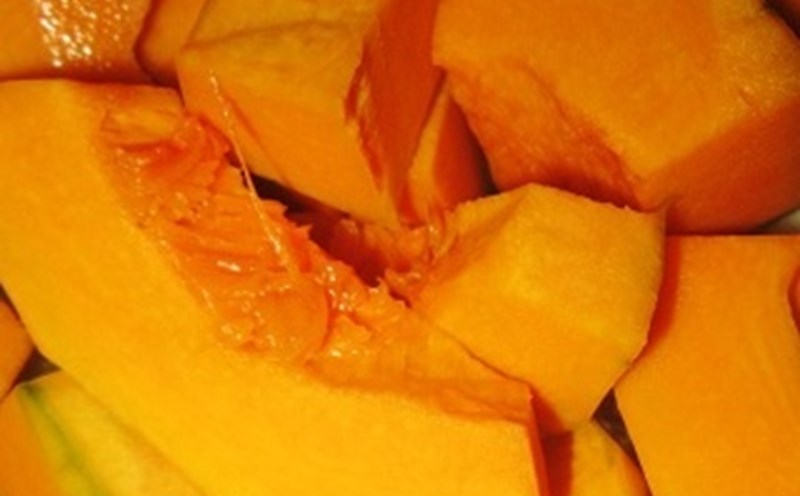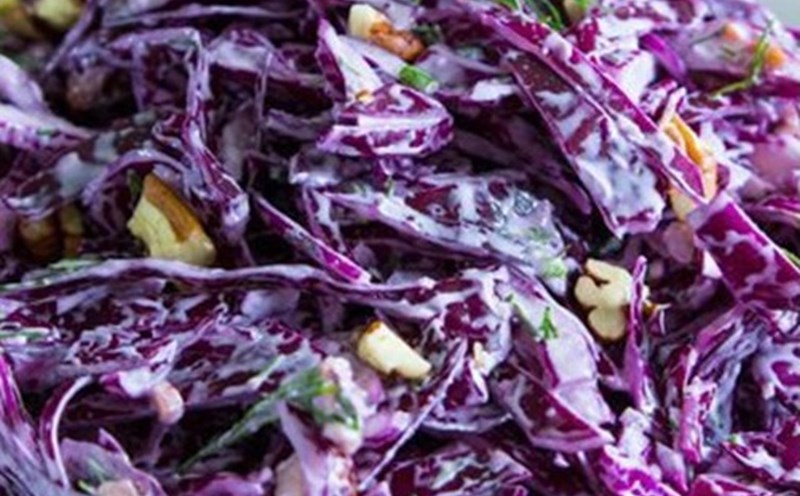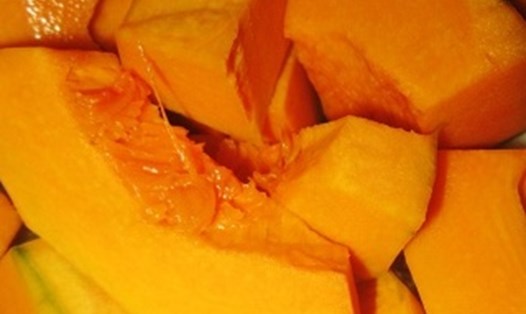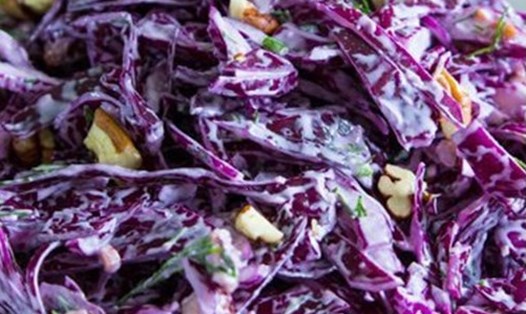Cabbage is one of the popular vegetables, rich in fiber, minerals and especially vitamin C - a powerful antioxidant that helps boost the immune system, beautify the skin and protect cells from damage caused by free radicals.
However, the amount of vitamin C that the body absorbs from cabbage depends largely on the processing method, specifically stir-frying or boiling. These two cooking methods have a clear difference in the ability to preserve nutrients, especially vitamin C - a substance that is easily destroyed by heat and dissolved in water.
When boiling cabbage, the vegetables are boiled in water at high temperatures, causing vitamin C to dissolve into water and easily decompose. If the boiled water is discarded, most of the vitamin C will be lost, causing the remaining amount in the vegetable to decrease significantly.
Research shows that cabbage after boiling can lose up to 40-60% of its initial vitamin C content, depending on the boiling time and water intake. However, if you use the whole boiled water as soup, you can still absorb the dissolved nutrients, minimizing nutritional losses.
In contrast, cabbage stir-fried with oil at a moderate temperature has the ability to retain vitamin C better, due to the short time of exposure to heat and not being lost to water.
Using a small amount of cooking oil also helps to better absorb fat-soluble vitamins such as A, E and K, while making the dish more flavorful and easier to eat. However, if stir-fried at too high a temperature or for a long time, vitamin C can still be destroyed.
To absorb the most vitamin C, housewives should stir-fry cabbage lightly and not cook it for too long to help retain more vitamin C than regular boiling.
However, which way is better depends on the purpose and eating habits of each person. It is important to diversify the way to cook and eat cabbage while it is still fresh to make the most of the nutritional value that this vegetable brings.











